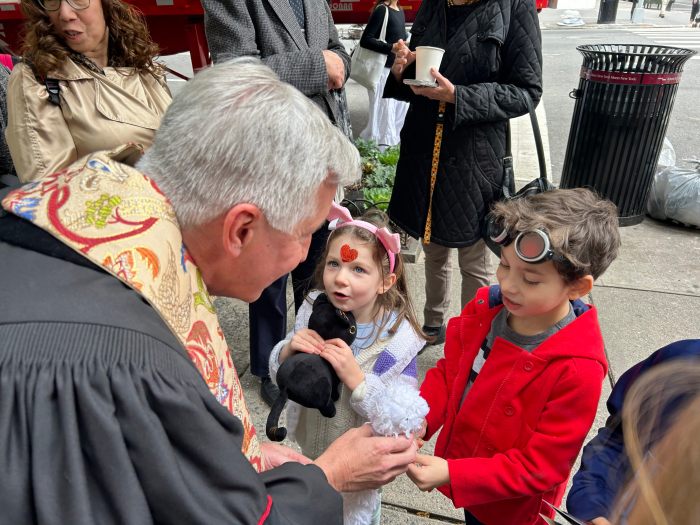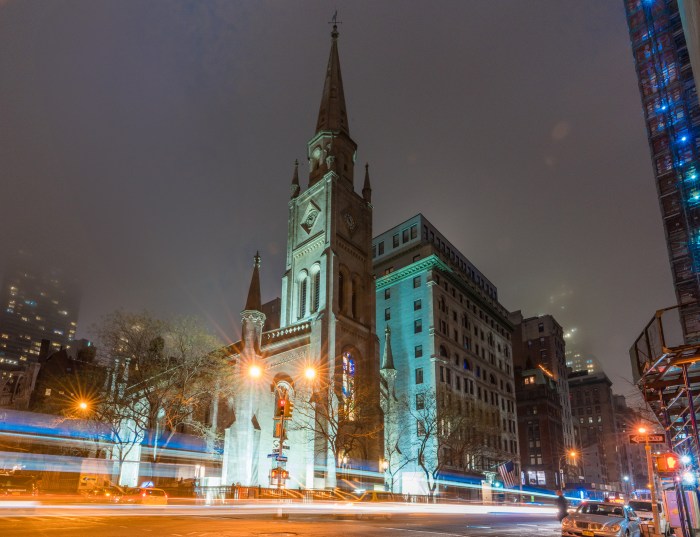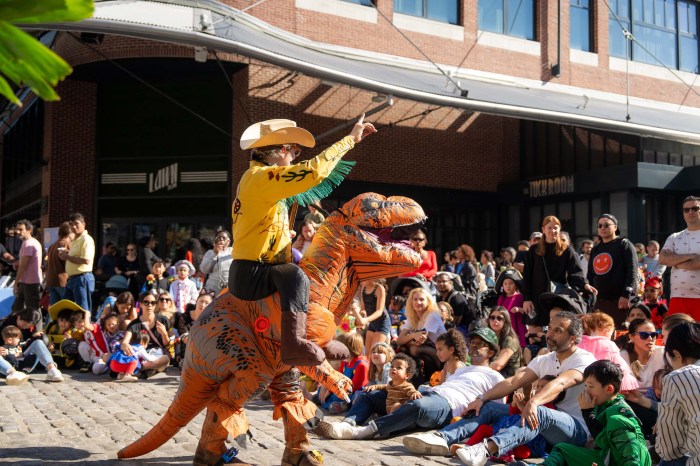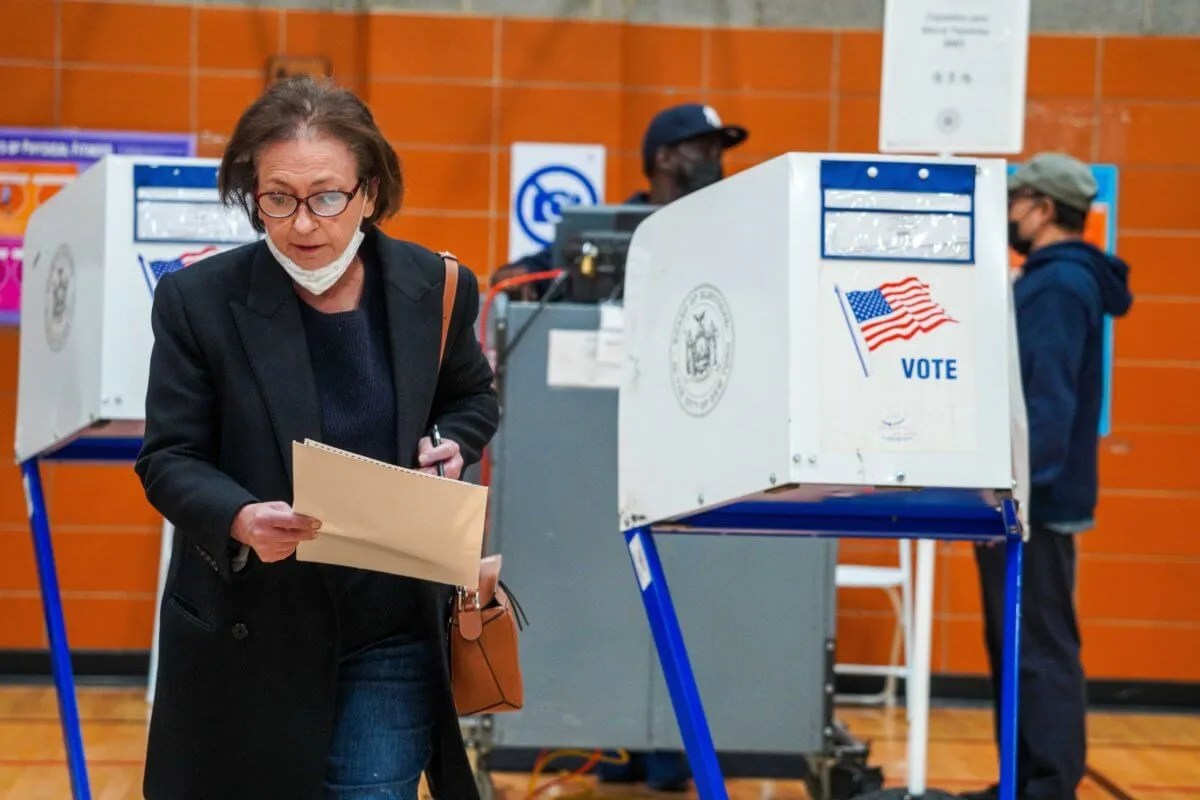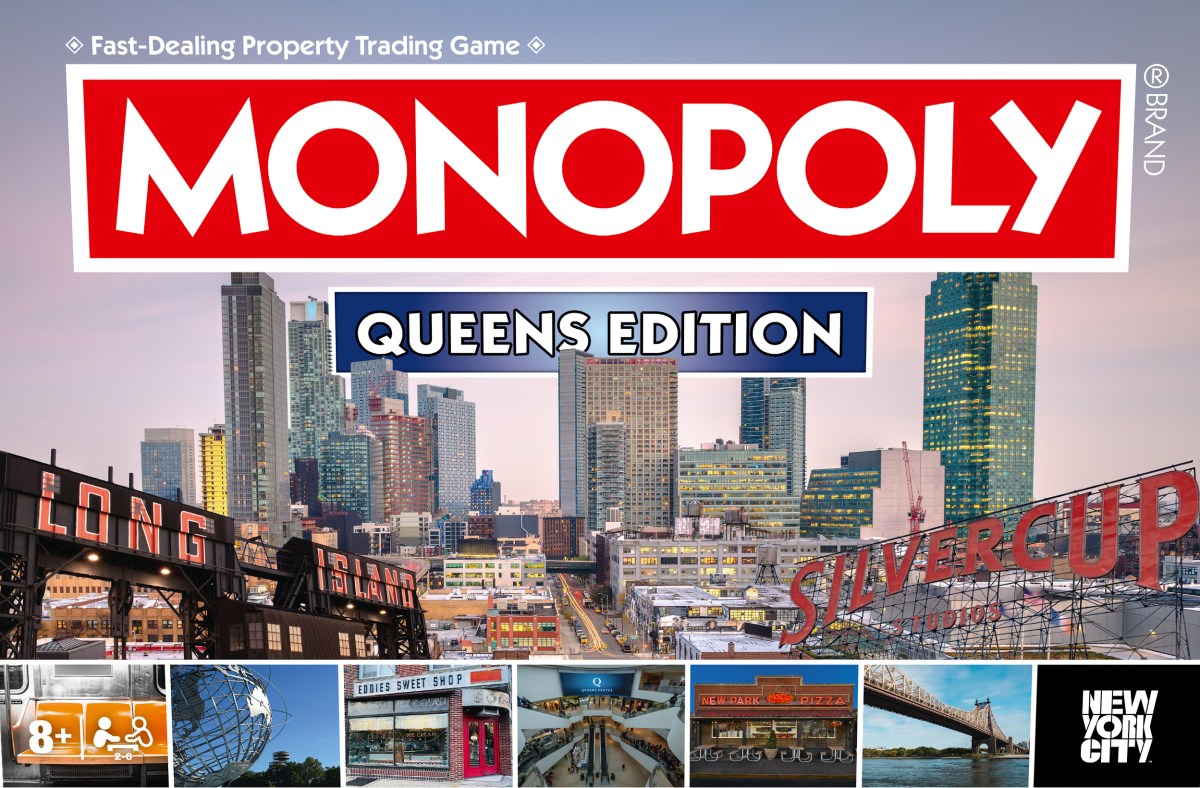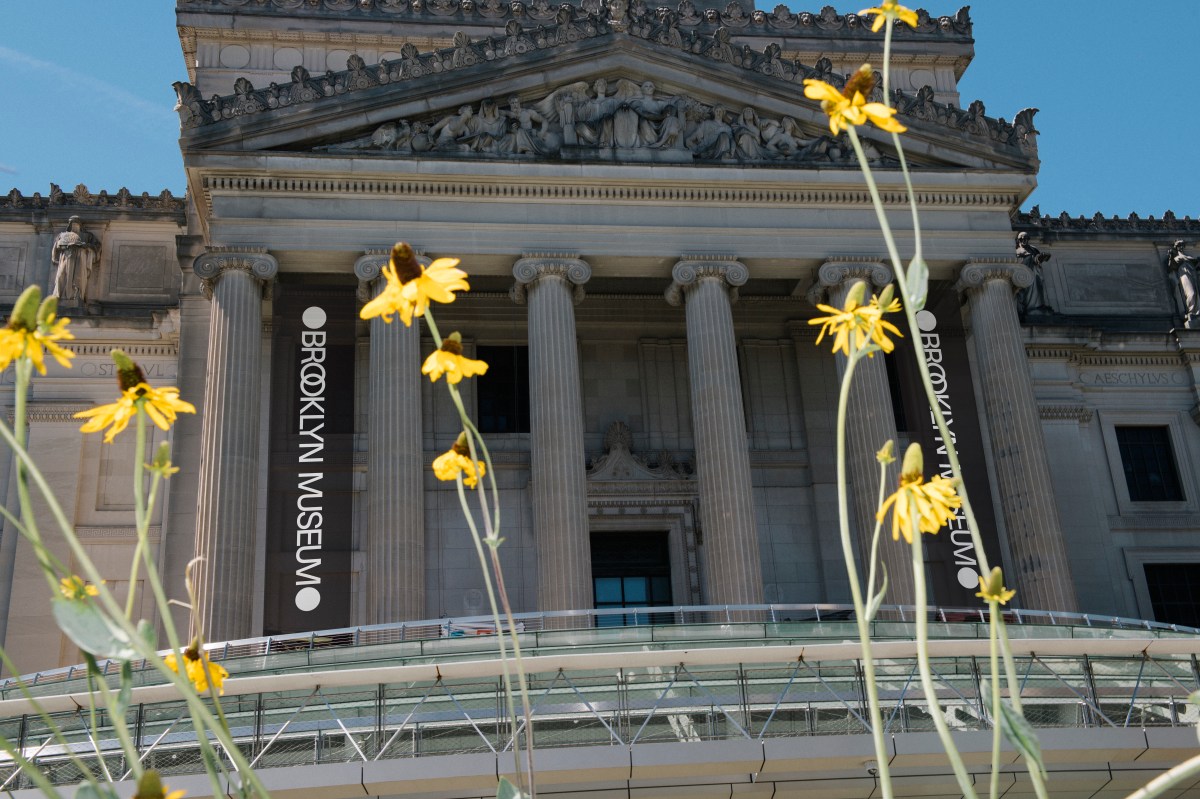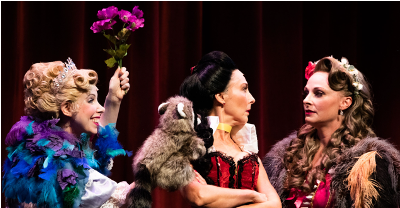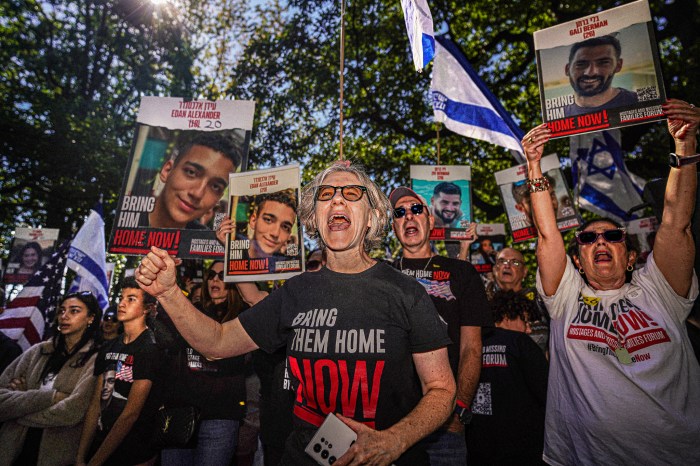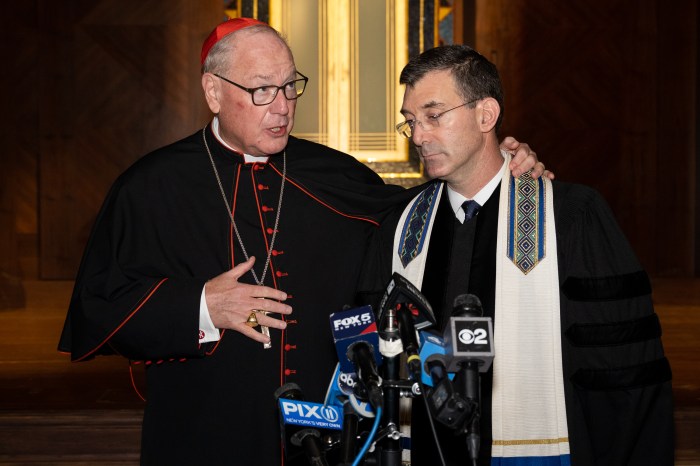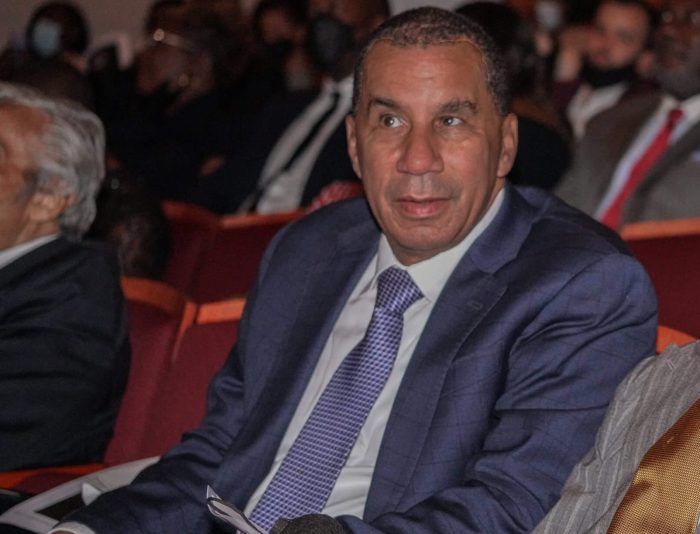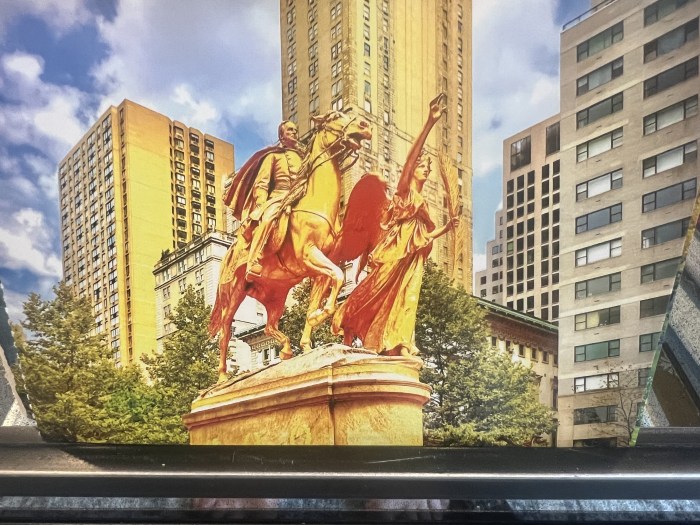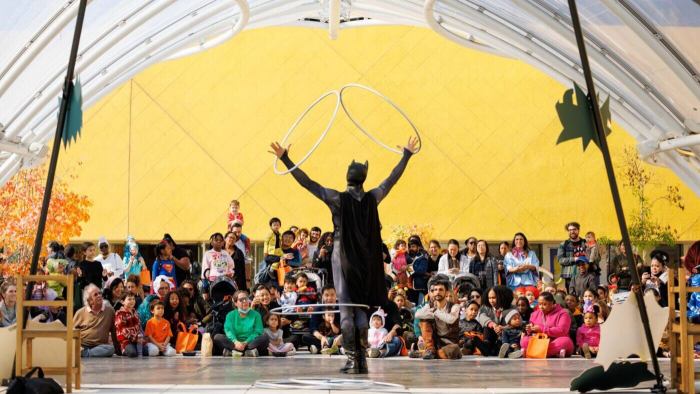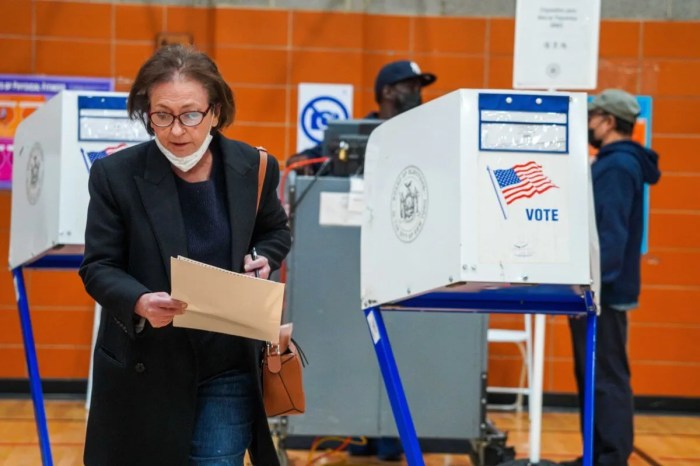BY ZACH WILLIAMS | Police raids, mass arrests and protests defined the two-month anniversary of Occupy Wall Street last Thursday, Nov. 17. While the loss of the encampment at Zuccotti Park following a Nov. 15 NYPD raid deprived the movement of its symbolic base, ongoing forces continue to guide supporters forward.
Self-described adherents are few within Occupy, but ideas born out of anarchist ideology exercise an influence far beyond their numbers within the movement. Group discussion, consensus decision-making and a common confidence in the success of a movement without leaders are what supporters say unifies them in a way that their wide range of political demands cannot.
Critics say the lack of specific demands hampers the effectiveness of the ongoing protests against corporate greed, government malfeasance, as well as a host of other issues. But occupiers say such diversity reflects a broad range of support for the movement unified by a common ideal.
Anarchy, a word with sinister implications to some, well defines the order, which prevailed over the park during the occupation and continues to guide the movement into its third month, experts said.
Though the occupation ended, the governing institutions of Occupy Wall Street remain the same. A General Assembly of activists meets daily making decisions for the movement based on consensus. Working groups meanwhile staffed by volunteers continue to do much of the grunt work.
While “anarchy” is often used to connote chaos, as a central idea driving the ongoing movement it embodies something quite opposite, according to CUNY Professor David O‘Brien, a Chinatown resident and supporter of the movement.
“We throw [anarchy] around as a curse word in this society,” said O’Brien. “This is an anarchist movement but it’s not an anarchy in the sense you know of glass breakers, bomb-throwers, berserk people who have no respect for society.”
The slogan “We are the 99 percent” helped transform Occupy Wall Street from a fringe protest to a populist movement. David Graeber, a prominent anarchist and earlier organizer of the movement, is credited with coining the phrase before leaving New York City shortly after the occupation began. He left in part because he did not wish to be elevated to a position unbecoming of what he hoped would become a leaderless movement, Graeber said in an email.
“I suggested it at the first Outreach meeting for O.W.S. on Aug. 4 and was the first to put it out as an idea on the O.W.S. listserv,” Graeber added.
Yet, some occupiers distance themselves from the political ideology and its supporters within the movement, saying anarchism puts too much emphasis on violent confrontation against opponents.
“A lot of it is fueled by anger and I don’t feel it’s a productive way to fix things,” said Dylan Vonloeben of Queens. “We are a little too entrenched in the system that we currently live in.”
Others such as Robert Fuller, 46, who joined the Nov. 17 demonstrations, said they know little more about the term beyond its association with “chaos”.
As defined by academics, the political philosophy envisions an egalitarian society where order is maintained through mutual aid and collective action as well as a lack of typical political institutions.
But there is some truth to conceptions of anarchists as purveyors of violence and disorder, though such characterizations lack context and historical insight, according to Columbia University Professor Stathis Gourgouris.
“True, anarchists have acted violently against the purveyors of law and order, because law and order is a misnomer for state power serving the interests of the rich and few. But it’s equally a misnomer for anarchism to mean disorder,” Gourgouris said in an email. “The anarchist government in Barcelona during the Spanish Civil War period was remarkably organized and peaceful. Anarchism is all about government, but self-government by all involved, not government of the few over the many that’s safeguarded by law and enforced by the police.”
Anarchism has many variants including a “Black bloc” which University of Nottingham Professor Christopher Phelps added may be responsible for lingering associations between chaos and the ideology. “Ritualized window-breaking” is one example of the faction’s methods in demonstrations, according to Phelps.
Some demonstrators said anarchist influence on the movement stands in stark contrast to the level of organization on the ground during the recent raid of Zuccotti Park by the NYPD. Kaila Hale-Stern of Crown Heights, said confusion led to a scuffle between dozens of protesters and NYPD on Nov. 17 at the park. Lack of direction from law enforcement led to injuries, she claimed.
“If you want to talk about a stereotypical state of anarchy it’s where the police are getting their orders from,” said Hale-Stern. “Who is in charge because there (didn‘t) seem to be a consensus?”




